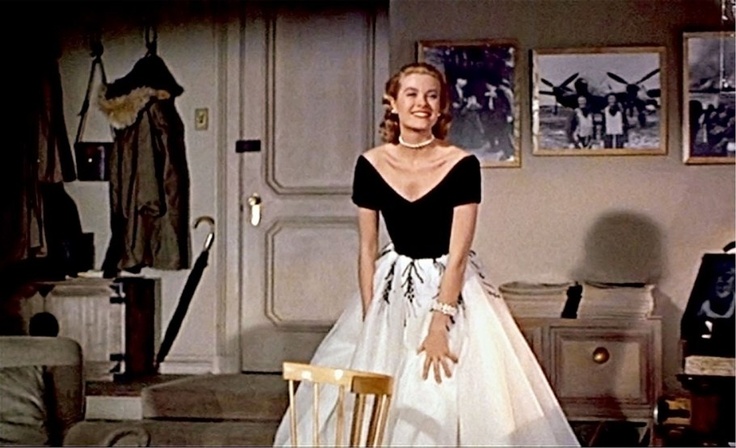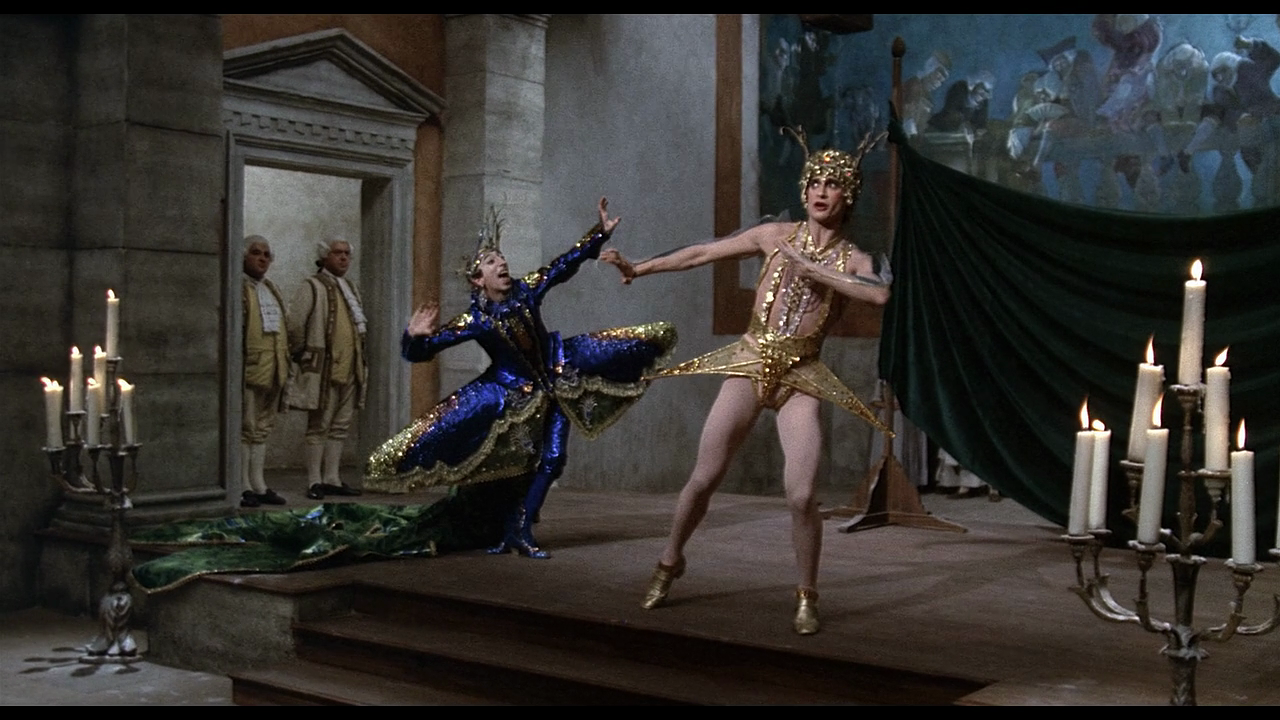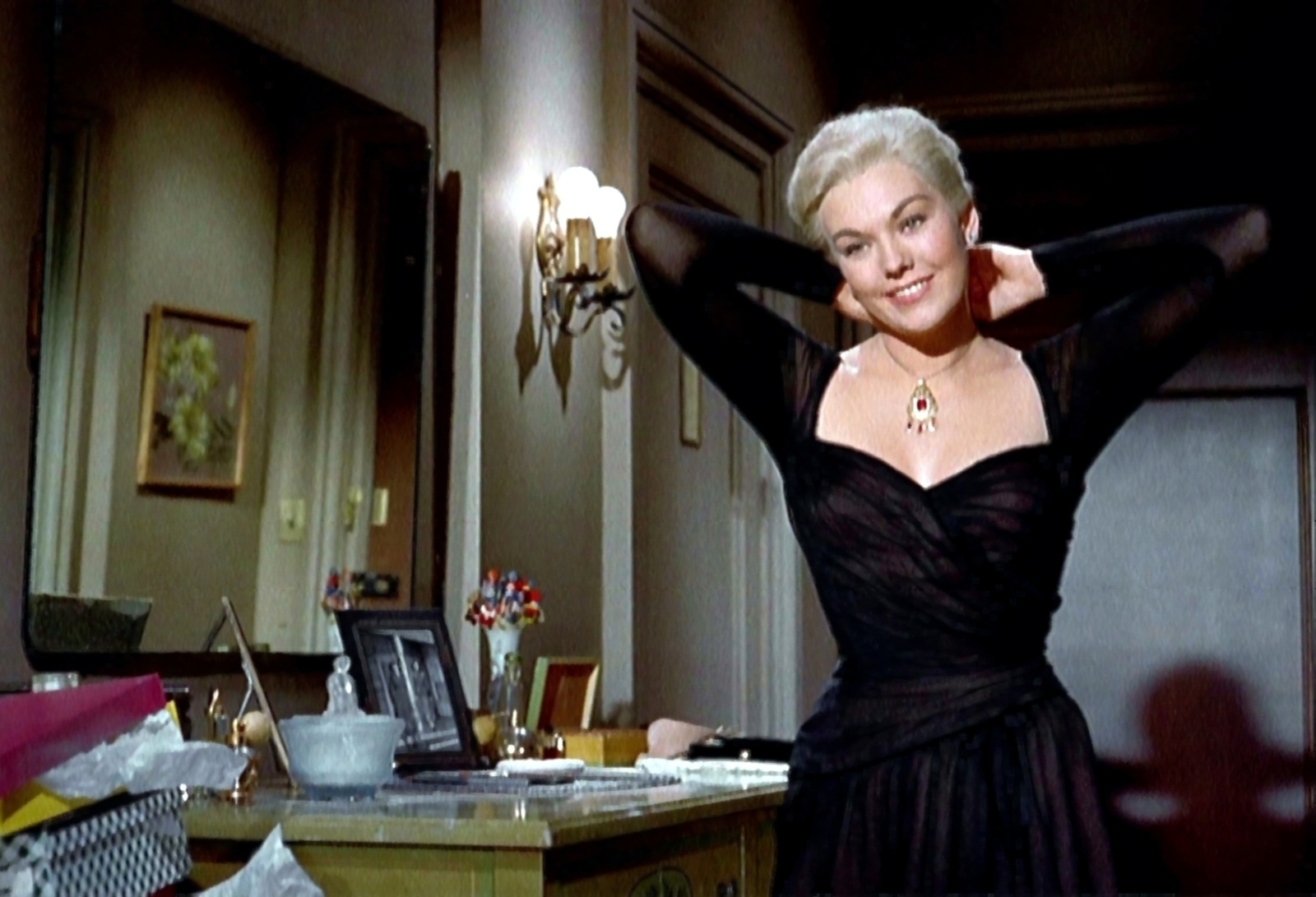What is auteur theory?
Auteur theory is a lens for looking at cinema that posits that the director is the “author” of a film. The theory argues that a film is ultimately a reflection of the director’s vision; so, a film by a given filmmaker will feature recognizable, recurring themes and visual tropes that allow a viewer to observe a consistent artistic identity throughout the director’s body of work.
The genesis of the term is often credited to the critics of the French film journal Cahiers du cinéma, many of whom went on become the directors of the French New Wave. However, according to New York University professor Julian Cornell, the idea existed prior to its popularization by the Cahiers writers, who simply refined the theory.
“In the French New Wave, people developed the notion of the filmmaker as an artist. They didn’t invent the idea, but they did popularize it,” Cornell told ScreenPrism. “A German filmmaker who started as a German theatre director, Max Reinhardt, came up with the idea of the auteur - the author in films. He came up with that around the teens….So, [director François] Truffaut and the French New Wave popularized it, or they revived it.”
Regardless of when the theory first emerged, it first became popular to large swathes of filmgoers when it became the guiding principle at Cahiers, and was later popularized in the United States by Village Voice critic Andrew Sarris. While many critics, artists, and audience members reject auteur theory on the grounds that film is a highly collaborative medium (Time film critic Stephanie Zacharek is notably opposed to the idea, saying that it is “overrated to the point of meaninglessness”), it remains one of the most significant ways we read films and conceive of cinematic history. But what really makes a filmmaker an auteur?
Although the directors of the classical Hollywood era did not conceive of films in terms of auteur theory, the critics of Cahiers du cinéma applied the label to many directors of the studio era, finding distinct threads of directorial identity through the careers of artists working in the commercial, industrialized production process of the Hollywood studio. One of the filmmakers singled out by the Cahiers critics who most typically embodies the idea of the auteur is Alfred Hitchcock. Prior to the interest of the auteurist critics, Hitchcock was viewed primarily as a “vulgar showman” who made popular commercial thrillers. However, his obsessions that showed up repeatedly in his films and the distinct imprint of his personality that appeared in all of his works made him a prime candidate for critical focus within the context of a theory that fetishizes the idea of a singular, distinctive vision that can be seen clearly throughout an entire career. In all of Hitchcock’s films, viewers can observe certain images and ideas that occur again and again - from images of icy blondes and people falling to the theme of doubling and the idea of “the gaze”.

Rear Window (1954)
After the idea of the director as author was articulated, later directors more frequently began to create more self-consciously personal and self-referential works. While a figure like Hitchcock can be identified as an auteur because his personality emerges in all of his films despite the fact that they are telling stories that are not specific to him, a filmmaker like Federico Fellini would create films that not only bore marks of his interests and personality in recurrent images and themes, but explicitly reflected his own life. While the Italian filmmaker’s early works introduced many of his interests (like his obsessions with Catholicism, performance, and big-breasted women and his theatrical sensibility), as his career progressed, the writer-director delved ever deeper into his own unconscious and his films took an increasing turn for the surreal and carnivalesque. While a large part of what makes Fellini a representative auteur is the way his work was so specifically a product of his own personality and worldview, an even stronger reason for the application of the title is the fact that, despite the radical ways in which his style evolved, a Fellini film is always singular and instantly recognizable.

Il Casanova di Fellini (1977)
Auteur theory is an imperfect way of imagining cinema that frequently fails to recognize the contributions of the numerous people who participate in the process of making a film. However, the idea of a single artistic conscious shaping a film gave the young, often commercial artform of film a new sheen of artistic legitimacy and respectability. It also allows us to create a neat narrative of cinematic history and to observe the ways in which the ideas and fixations of a great director (particularly one who controls multiple aspects of the filmmaking process, such as writing and editing) do shape a film. Whatever its shortcomings, auteur theory is a vital tool of cinematic literacy.



